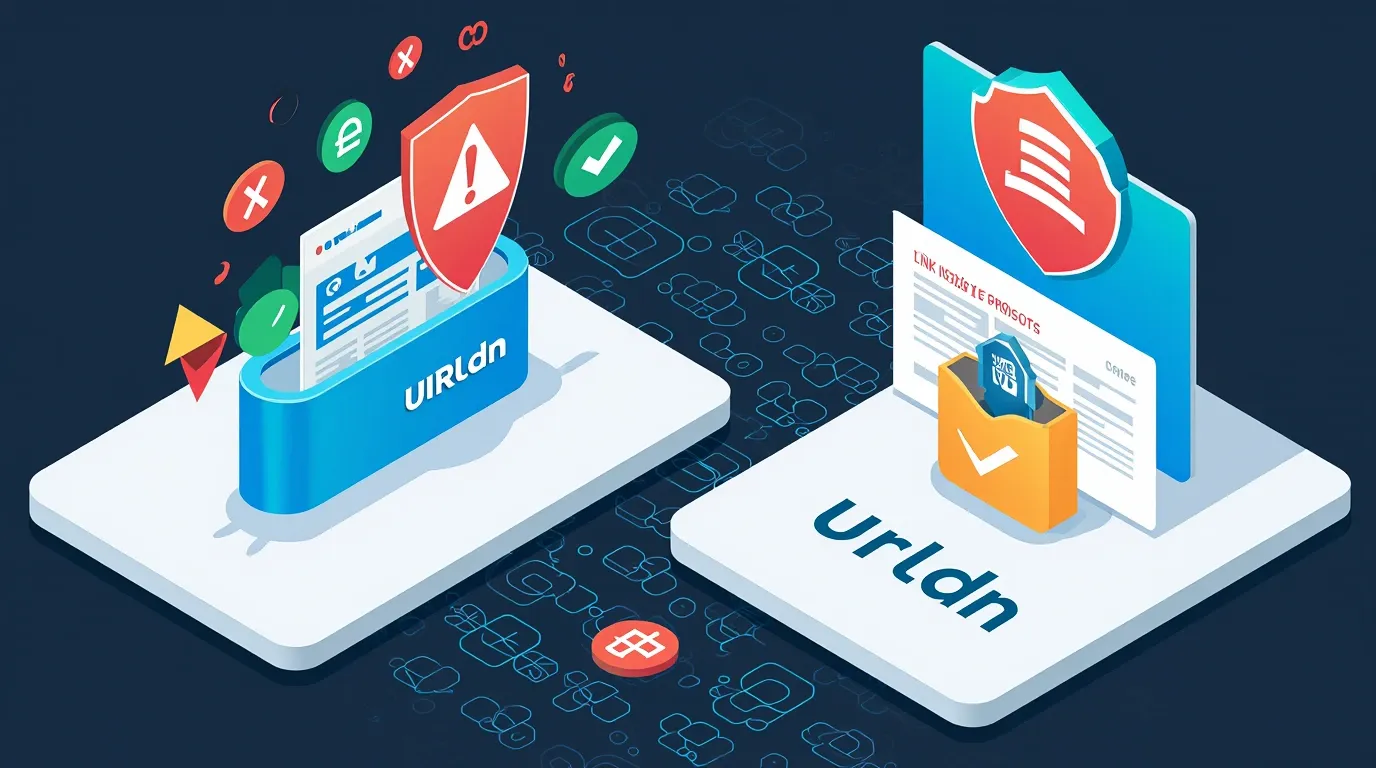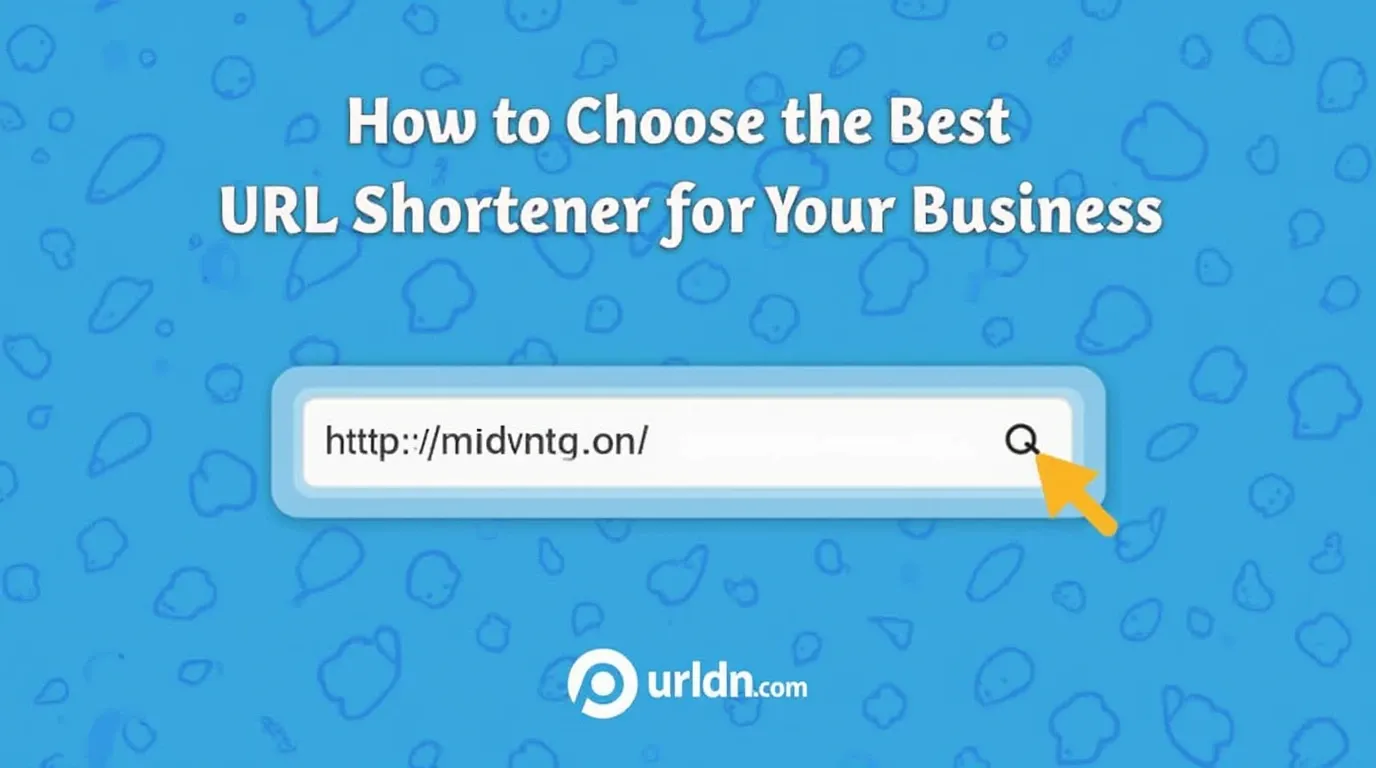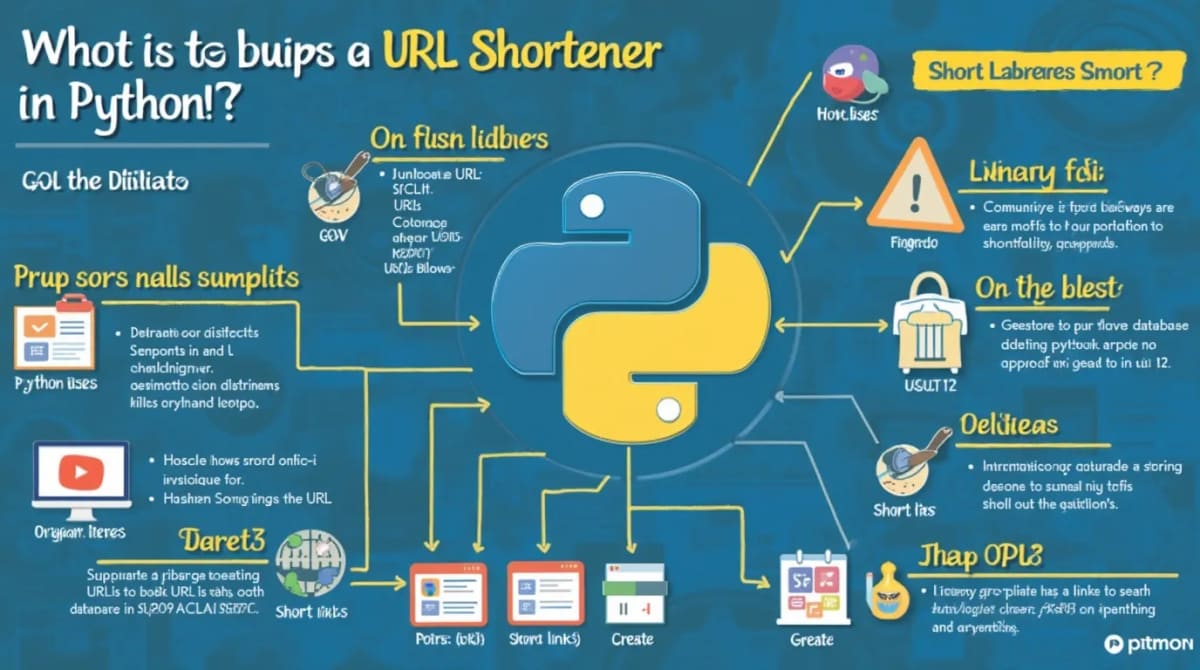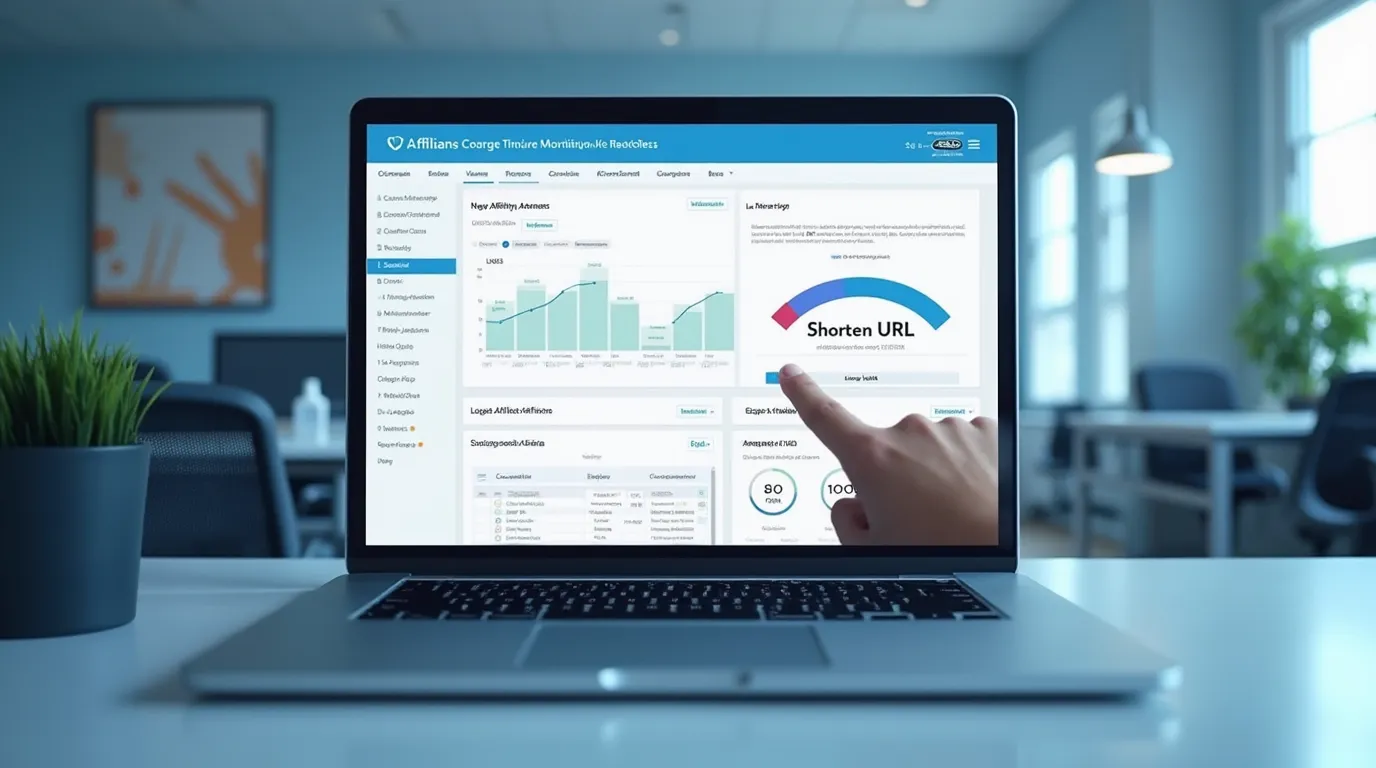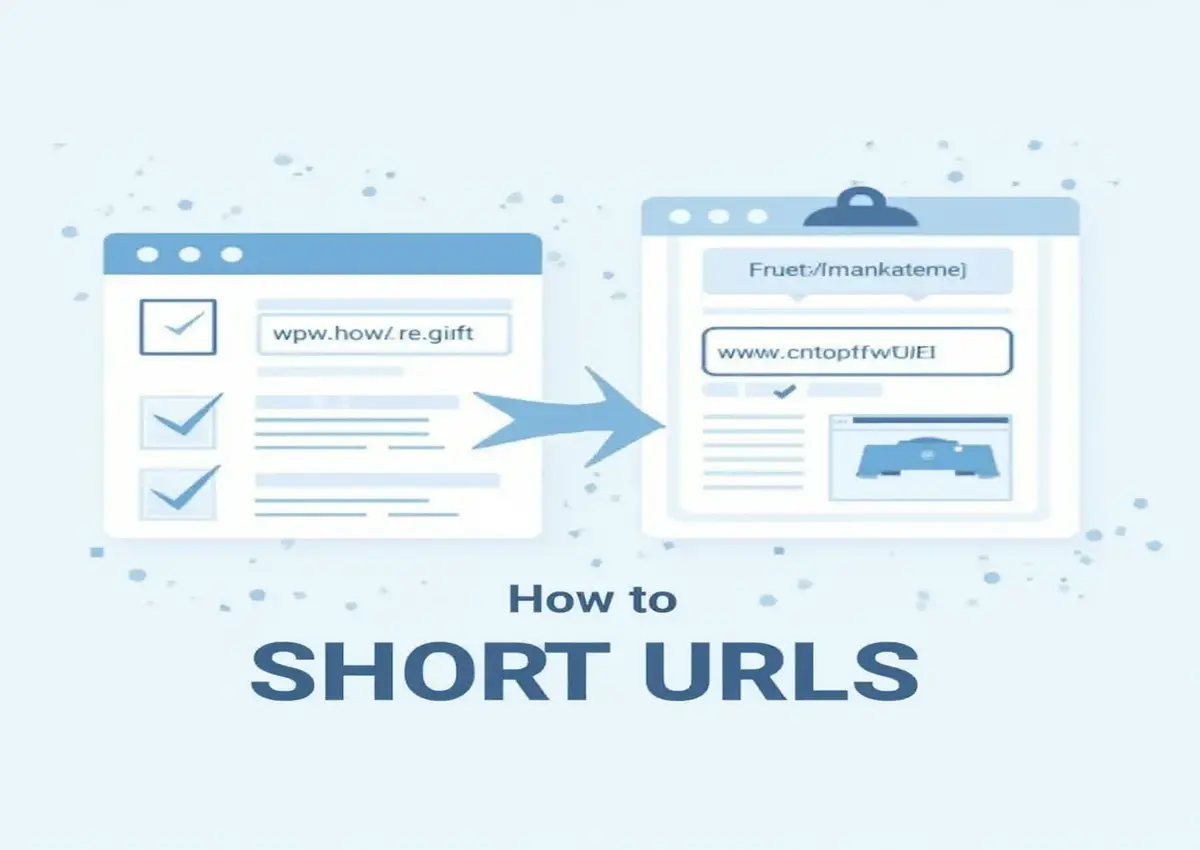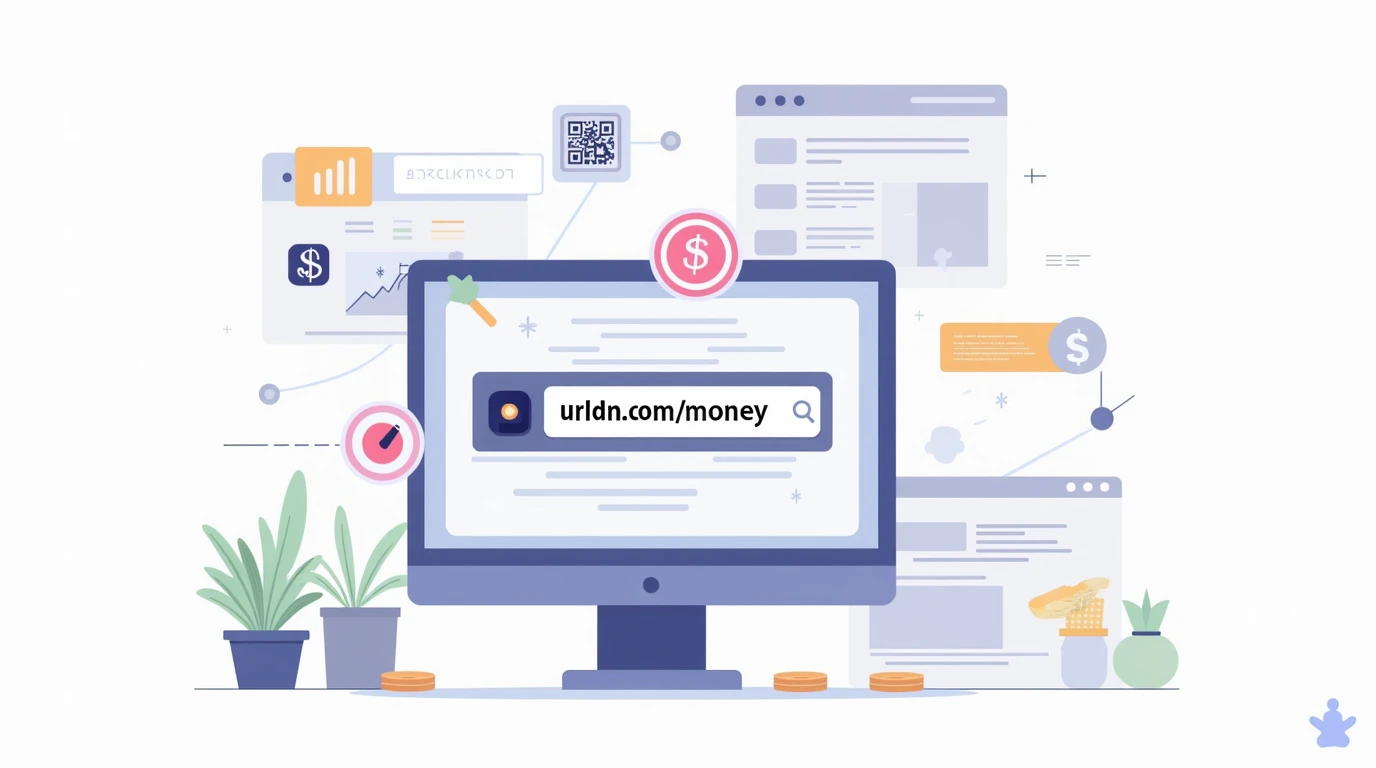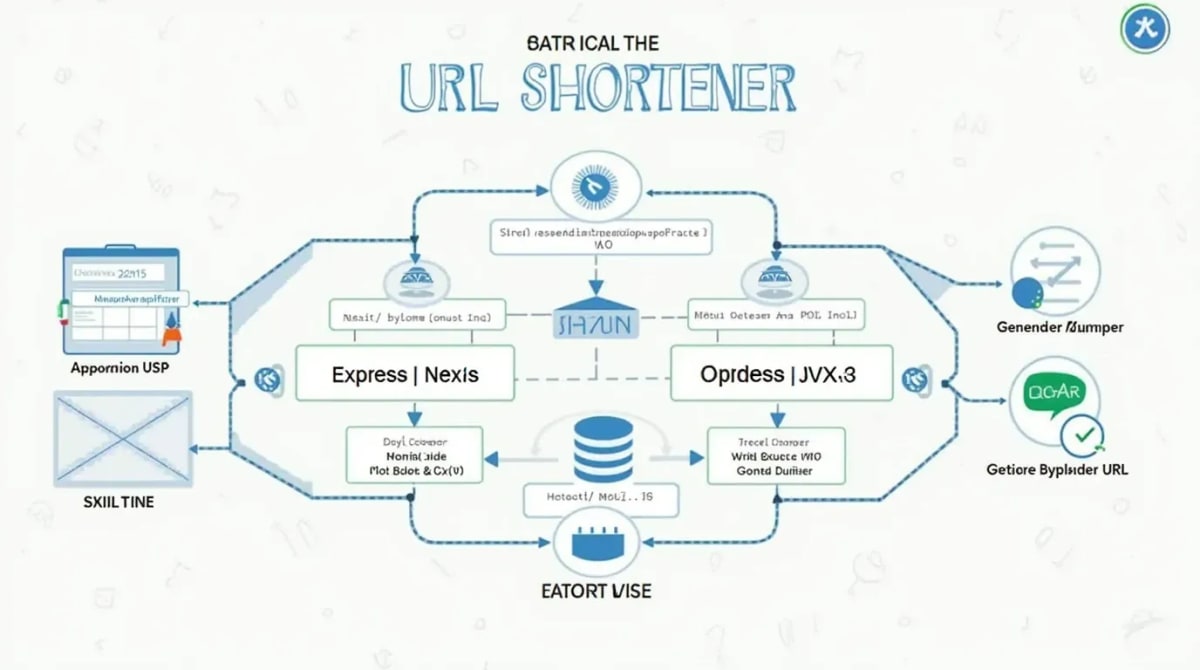
How to Create a URL Shortener in JavaScript
Last updated on: June 28, 2025
Introduction to URL Shorteners
What is a URL Shortener?
A URL shortener is a tool that transforms long URLs into shorter, more manageable versions. These shortened URLs redirect to the original, lengthy address when clicked. URL shorteners are widely used for simplifying sharing, especially on platforms with character limits, such as Twitter.
Why Use a URL Shortener?
Shortened links are easier to share, look cleaner in social media posts, and save space. They also help track analytics, such as the number of clicks and the geographical location of users who interact with the link, which can be invaluable for marketers and businesses.
Understanding the Basics of URL Shortening
How URL Shorteners Work
When a user inputs a long URL into the shortener, the service generates a unique short string that maps to the original URL. This mapping is typically stored in a database or local storage, which allows the system to redirect the user to the original URL when the short link is accessed.
Common Features of URL Shorteners
Most URL shorteners include features like customizable URLs, click tracking, analytics, and sometimes expiration dates for the links. These features provide enhanced functionality for users, especially in marketing and analytics.
Prerequisites for Building a URL Shortener
Basic Knowledge of JavaScript
To build a URL shortener, it's essential to have a solid understanding of JavaScript. You'll be using JavaScript to handle user inputs, generate random strings for the shortened URLs, and manage redirects.
Understanding HTML and CSS
While JavaScript will power the backend functionality, HTML and CSS will be used to structure and style the user interface. Knowing how to create forms, buttons, and interactive elements is crucial.
Setting Up Your Project
Creating the Project Folder
Start by setting up a new directory on your computer. Create subfolders for organizing your assets: one for HTML, one for CSS, and one for JavaScript files. This will help maintain a clean and manageable project structure.
Organizing Your Files
In the project folder, create an HTML file for the main page, a CSS file for styling, and a JavaScript file where the core functionality will reside. Make sure to link the CSS and JavaScript files properly in your HTML file.
Building the User Interface (UI)
Designing the Input Form
The user interface should be simple yet functional. You'll need an input field where users can paste the long URL. Additionally, include a "Shorten URL" button to trigger the shortening process.
Creating a Button to Shorten the URL
The button should be clearly labeled and responsive. It will be responsible for capturing the user’s input and triggering the JavaScript function that generates the shortened link.
The Backend Logic: Generating the Shortened URL
Introduction to Random String Generation
To generate a unique short URL, use JavaScript to create a random string. This string will serve as the unique identifier for each URL. Methods like `Math.random()` or `Date.now()` can be used to generate this randomness.
Storing the Shortened URLs in LocalStorage
Once the short URL is generated, store it in the browser's LocalStorage or a backend database. LocalStorage allows you to retain the shortened URLs even after the browser is closed, which is perfect for small projects.
Handling the Redirects
Using JavaScript for Redirection
When someone clicks on a shortened URL, JavaScript will handle the redirection process. By capturing the short string in the URL, your script can look up the corresponding long URL in the storage and redirect the user to it.
Managing Redirects for Shortened Links
Ensure that the redirection process is seamless by checking for valid shortened links and providing error messages for invalid links. This ensures that users don't end up on a broken or non-existent page.
Enhancing the User Experience
Providing Feedback to the User
It’s important to inform users when their URL has been successfully shortened. Display a confirmation message or animation after they click the "Shorten URL" button, indicating that the link is ready to be copied.
Displaying the Shortened URL and its Details
Once the URL is shortened, show the user the new link in a clickable format. You can also display additional information, like the number of clicks, if you're storing such data.
External Links Integration
How to Add External Links for Redirection
To enhance the functionality of your URL shortener, you can allow for external links in addition to the internal links you generate. This means that users can also create short links that point to external sites. By using JavaScript, the redirection mechanism can be easily extended to accommodate these external URLs.
Benefits of Using External Links with Your Shortener
Integrating external links can open up a world of possibilities for your URL shortener. Users can share shortened links for not only their content but also external resources they find valuable. This adds versatility to your shortener and encourages broader usage.
Testing and Debugging Your URL Shortener
Common Issues and How to Fix Them
During development, you may encounter issues like incorrect redirects, broken links, or malfunctioning JavaScript. Carefully check your code for syntax errors, and use debugging tools like `console.log()` to track down and resolve these issues.
Final Testing for Functionality
Once everything is set up, test your URL shortener thoroughly. Check that URLs are shortened correctly, that the redirect works as expected, and that the UI is responsive and user-friendly.
Conclusion and Further Enhancements
Optimizing the Shortener for Production
Before launching your URL shortener, ensure it's optimized for performance. You can improve the efficiency of your random string generation or implement more advanced features like URL expiration or password protection for shortened links.
Future Features to Consider Adding
Consider adding analytics features to track the number of clicks for each shortened URL, or introduce user accounts to allow users to manage their links. These features can provide valuable insights and make your URL shortener more functional for both personal and business use.
HOW TO
